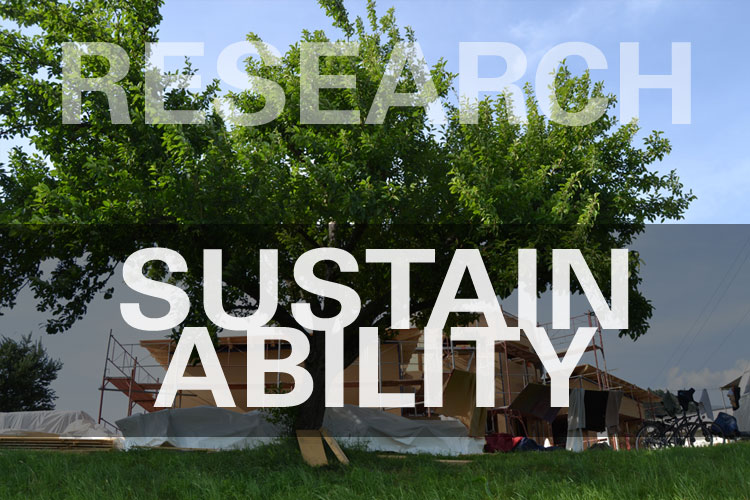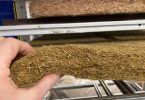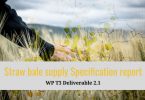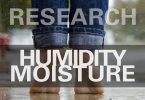Building insulation is commonly realized using materials obtained from petrochemicals (mainly polystyrene) or from natural sources processed with high energy consumptions (glass and rock wools). These materials cause significant detrimental effects on the environment mainly due to the production stage, i.e. use of non-renewable materials and fossil energy consumption, and to the disposal stage, i.e. problems in reusing or recycling the products at the end of their lives.
The introduction of the concept of “sustainability” in the building design process encouraged researches aimed at developing thermal and acoustic insulating materials using natural or recycled materials. Some of them, such as kenaf or wood fiber, are already commercialized but their diffusion could be further improved since their performance is similar to the synthetic ones. Others are currently under study and their development is only at an early stage. The goal of the paper is to report state-of-the-art building insulation products made of natural or recycled materials that are not or scarcely commercialized.
Comparative analyses were carried out considering particular thermal characteristics in terms of thermal conductivity, specific heat and density. Data on the acoustic performance of the materials were also reported. Life Cycle Assessment data were finally collected, in order to put in evidence the environmental advantages of these materials. Particular attention was paid to researches focused to exploit local materials and even industrial byproducts, since these approaches respectively limit transportation and disposal impacts.
Authors:
- Asdrubali, Francesco
- D’Alessandro, Francesco
- Schiavoni, Samuele
Link: http://www.sciencedirect.com/science/article/pii/S2214993715000068






